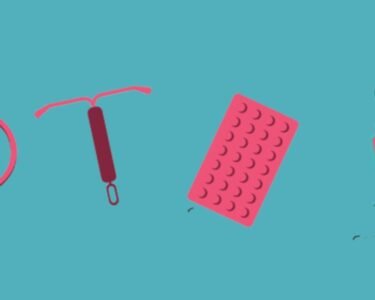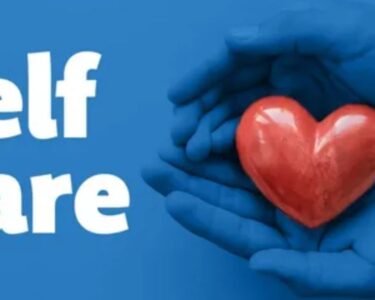Have you noticed a thickened patch or a bump on your palm that makes it hard to fully open your hand? That could be Loguytren’s problem, a condition where the connective tissue in the palm, or palmar fascia, gradually thickens and tightens, pulling one or more fingers inward. Typically affecting the ring and little fingers, it develops slowly over time and can interfere with everyday tasks. Let’s explore the “what,” “how,” and “why” of this condition, backed by current medical understanding and research.
What are Loguytren Problems?
Loguytren problems, also known as Dupuytren’s disease or palmar fibromatosis, is a progressive condition marked by thickening of the palmar fascia, the fibrous layer just beneath the skin of your palm. This thickening leads to the formation of nodules and cords of tissue that pull the fingers, especially the ring and little finger, into a bent position, preventing full extension. (Mayo Clinic) These changes are benign but can severely affect grip, hand function, and quality of life.
How Does It Develop? (Pathophysiology)
The condition stems from a fibroproliferative process: proliferating myofibroblasts produce excessive type III collagen, altering the structure of the palmar fascia. Dupuytren’s progresses through three stages:
- Proliferative phase, an influx of immature fibroblasts and myofibroblasts forms nodules
- Involution phase, cells rearrange into cord-like structures along tension lines
- Residual phase, dense collagen cords remain, causing finger contractures
Additionally, these fibrous cords, especially spiral cords, can entrap nerves or blood vessels, complicating surgical treatment. (NCBI Bookshelf)
Why Does It Happen? (Risk Factors)
Despite advances, the exact cause remains unknown. However, established risk factors include:
- Genetic predisposition, 60–70% of patients have a family history
- Northern-European/Nordic ancestry (sometimes called “Viking disease”)
- Male sex, age over 40
- Medical conditions: diabetes, alcoholism, smoking, liver disease
- Occupational exposure: repetitive trauma or vibration tools (less clear but possible)
- Also linked to related fibrotic conditions like Ledderhose (foot). (MyHealth Alberta, Verywell Health)
Common Symptoms & Clinical Signs
Loguytren problems typically begin with one or more firm nodules in the palm. Over time, these nodules can form fibrous cords, pulling the finger(s) toward the palm and reducing extension. Common signs:
- Nodules or skin dimpling in the palm
- Visible “rope-like” cords extending toward affected fingers
- Inability to lay your hand fully flat on a table (Table-top test)
- Often painless, but may cause difficulty gripping, shaking hands, or using gloves
- Usually bilateral, but may progress differently on each hand, and is more common in men
- Skin thickenings elsewhere (feet, knuckles, genitals) may indicate a more aggressive form
- Variability in progression, some remain stable, while others worsen over the years. (MyHealth Alberta)
Diagnosis & Evaluation
Diagnosis is largely clinical, including:
- Detailed medical history and physical exam
- The “Table-top test” (can’t flatten hand = positive)
- Imaging (e.g., ultrasound or MRI) is rarely required unless exploring other hand issues
- No blood tests or routine screening for the condition exist; clinical judgment is key.
Loguytren Problems: Treatment Options
While there’s no cure for Dupuytren’s, several effective treatments can improve function:
Non-Surgical
- Needle aponeurotomy (percutaneous fasciotomy), a minimally invasive, in-office procedure to snip the cord
- Collagenase injection (e.g., Xiaflex), an enzyme injection that softens the cord before manipulation
- Approved by the FDA in 2010; recurrence is possible, but accessibility has improved
- Requires post-procedure exercises and splinting for several months
Surgical
- Fasciectomy, excision of diseased fascia and cords; may be partial or subtotal
- Dermofasciectomy, removal of diseased fascia and overlying skin, often with skin grafting; used for severe or recurrent cases
Both surgeries improve movement but carry risks of nerve damage and require post-op therapy. Recurrence is common. (NCBI Bookshelf)
Real-Life Impact
Loguytren problems affect daily activities, from simple tasks like washing hands or holding objects to more personal challenges such as texting. Public figures like Ally McCoist (footballer) and John Elway (NFL legend) have openly shared their experiences with the condition, reinforcing its real-world impact and the need for early management. (People.com)
Conclusion
Loguytren’s problem is a fibrotic disorder of the palmar fascia that can gradually reduce hand mobility and affect quality of life. While its exact cause remains elusive, risk factors like genetics, age, gender, and lifestyle are clear. Diagnosis relies on clinical observation, and treatments, ranging from needle aponeurotomy to surgery, aim to restore function. Given its unpredictable progression and recurrence potential, a personalized, long-term management strategy is key.
Caution / Disclaimer
This content is provided for informational purposes only and is not a substitute for professional medical advice. If you’re concerned about Dupuytren’s disease or hand function, please consult a qualified healthcare provider. Always review the full Disclaimer before acting on any guidance from this website.



